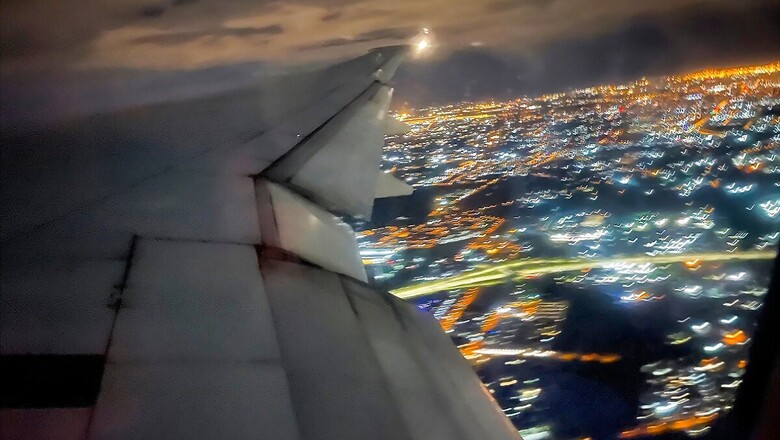
views
The Covid-19 pandemic not only battered and bruised India’s civil aviation sector, but it also changed the entire perception of the industry from an elitist to an essential mode of transportation. Initially, the sector, which was locked down to contain the spread of the infection, was faced with survival issues with airlines reducing pay cheques and sending employees on mandatory unpaid leaves. Similarly, at the global level, many airlines downsized and waited for the government’s rescue measures. In India’s context, prior to the calibrated re-opening, the entire ecosystem comprising policy makers, regulator, airlines and airports got engaged to herald the world’s largest evacuation programme. The ‘Vandhe Bharat’ mission’s aerial arm became the only hope for millions of people who were stranded abroad and wanted to travel back to India. Notably, India commenced the mission in May 2020 to bring back its stranded citizens from overseas.
The plan had originally envisaged to bring back more than 190,000 Indian nationals. At present, the evacuation programme has brought back over 6.7 million people from abroad.
Besides evacuation flights, massive PPE cargo operations as well as facilitation of exports, including agricultural produce, were undertaken.
From the belly space to cargo-on-seat, freight, especially medical equipment, was hauled with a war like zeal. Nearly all domestic airlines entered the frantic race to evacuate passengers and deliver more cargo.
Soon hauling cargo became the new norm, from PPE kits to anti-Covid vaccines, changing the perception of India’s aviation sector.
Consequently, the airlines flew to newer destinations, expanding the horizons of future growth potential.
Furthermore, India entered into ‘Air Bubble’ agreements with other countries. This special arrangement mandates certain prerequisites along with permissions which are needed for passengers to undertake travel. However, regular scheduled services are still some time away.
On the domestic front, the graded capacity addition, as well as fareband, aided the passengers and airlines to wade-off financial turbulence and ticket inflation.
Additionally, more cities were connected as the network densified. Places like Bareilly, Durgapur, Rajkot and Darbhanga were added to the civil aviation map.
In terms of traffic, the one-way passenger movement is slowly converting into VFR (visiting friends and relatives), leisure and business travel. Consequently, traffic to destinations like Goa, Srinagar and Port Blair has skyrocketed.
However, per-Covid passenger traffic levels are yet to be reached.
Official data show that the Covid-19 pandemic pulled India’s domestic air passenger traffic lower by over 36 per cent in February on a year-on-year basis.
The passengers ferried by domestic airlines during February declined to 78.27 lakh as against over 123.68 lakh for the corresponding period of the previous year.
Also Watch:
Currently, acceleration in vaccination drive, improving business sentiment and conversion of pent up demand into a sustainable trend has brought an up-side to the sector.
On the downside, the country faces another round of Covid resurgence. However, the stronger than ever aviation industry seems to have now emerged as completely pandemic proof.
India had suspended regular civil aviation services on March 25, 2020 and restarted them in a calibrated way from May 25, 2020 onwards.
Read all the Latest News, Breaking News and Coronavirus News here


















Comments
0 comment